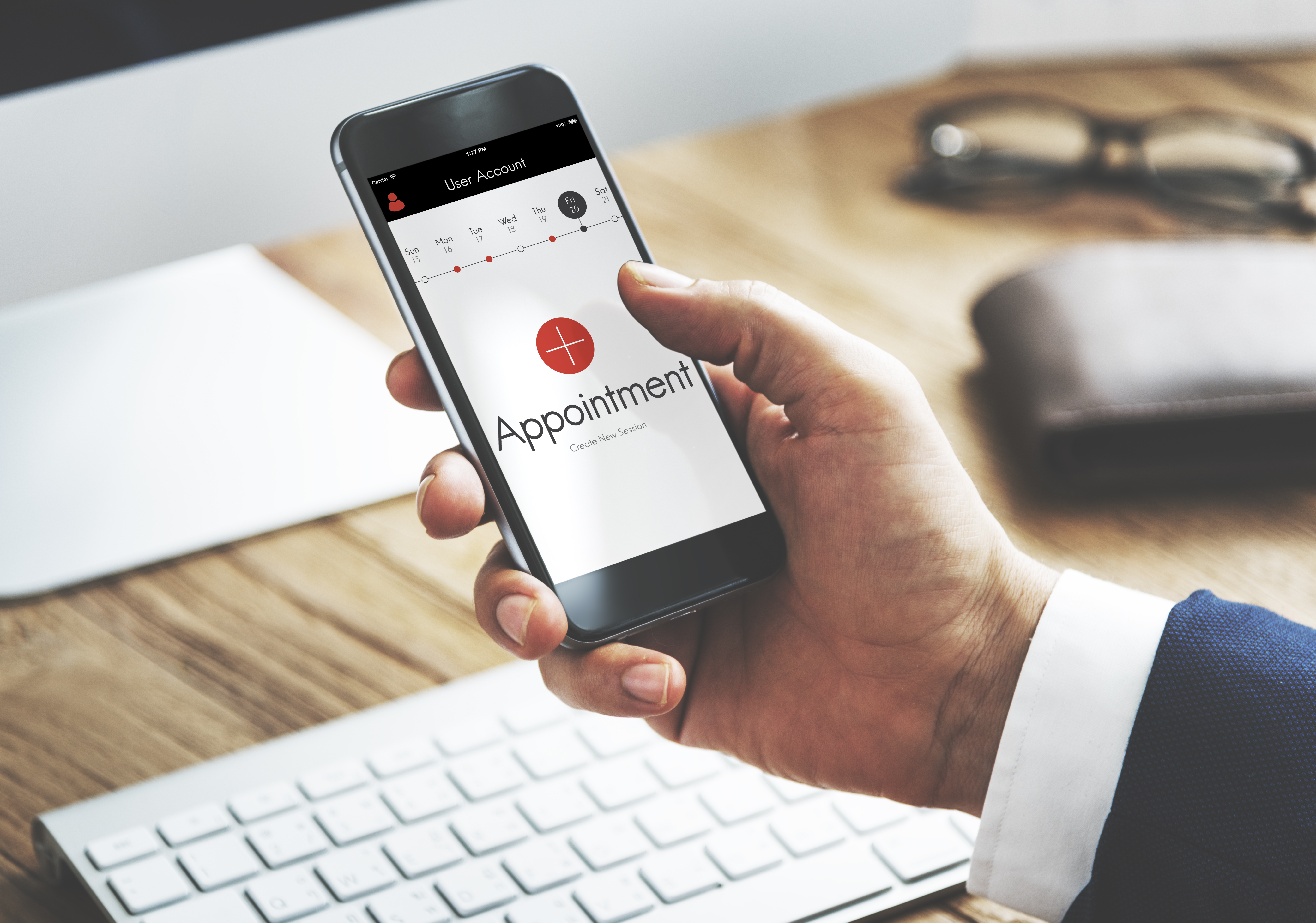Text Appointment Reminder Templates Every Medical Office Needs
Managing patient appointments is a huge headache for any medical practice. You want to avoid no shows and make sure that patients don’t miss their...
3 min read
 Michael Hsu
:
7/17/19 7:57 PM
Michael Hsu
:
7/17/19 7:57 PM

Medical practices lose thousands of dollars daily due to patient no-shows, no matter the location, specialty, or practice model.
When a patient fails to show up or is late for a scheduled appointment, doctors and staff lose more than just the potential revenue - productivity goes down, other patients have to wait, and the schedule becomes backed-up, resulting in a negative patient experience.
Not to mention that the patient who misses the appointment does not receive the care they need.
The impact of patients’ missed appointments affects the downstream revenue of most practices costing the healthcare industry $150 billion a year.
In this post we’ll show you how using text appointment reminders can effectively eliminate the problem.
Each of these methods of reminding your busy patients of their appointments is ineffective and problematic in their own way.
Making phone calls is just not a productive use of your staff’s time, and no patient likes to play phone tag. Telephone reminders have been proven to have only a 30% to 60% successful contact rate, on average.
Such a low contact rate isn’t the best use of your staff’s time, with each call often taking up valuable time that can be used doing other value-add tasks.
Email reminders are equally ineffective since patients tend to ignore them or treat them as spam and delete them. It’s not good when a good email open rate is just 20%. Compare that to text messages, which get read 98% of the time according to recent studies.
Postcard reminders, like any other mail that looks like junk mail at first glance, can be easily set aside and forgotten--or worse--thrown away.
Patients rely on their mobile phones for nearly everything these days, so why not take advantage of the technology that is already in their hands?
Your practice can benefit from the efficiencies of sending SMS reminders to patients in the following ways:
So now you want to move forward and start using text messages, but before you have your staff start sending messages there’s one more thing to consider:
The 800-pound gorilla in the room known as HIPAA compliance.
These regulations protecting patient privacy prohibit staff members in a medical practice from using their smartphones to text patients because the messages sent from them are not HIPAA-secure.
So, while the FCC allows you to send an appointment reminder to a patient once he or she has provided you or your staff with a phone number, your messages must be secure according to HIPAA guidelines. HIPAA compliant texting is essential when you are considering a text reminder solution.
Ensuring that messages are secure is only one part of sending effective reminders.
These best practices can help your practice reduce its no-show rate and keep patients engaged:
In order to use SMS reminders successfully, however, you need to have the right solution for your medical practice.
The solution should be web-based, easy to use, and HIPAA-compliant, like Curogram, an all-in-one texting and HIPAA-secure messaging platform for independent practices, physician groups, and health systems.
Curogram also includes other essential features for any medical practice such as text messaging survey and review campaigns to boost your 5-star reviews and help with SEO, electronic patient forms, online appointment booking, online payment collection, and secure staff messaging.
Schedule a free demo today.

Managing patient appointments is a huge headache for any medical practice. You want to avoid no shows and make sure that patients don’t miss their...

Text messaging (SMS) is one of the most sought-after telemedicine features. It simplifies the appointment making process, both virtually and in...

Patients demand more convenience when setting up appointments and communicating with their healthcare providers. People lead busy lives and can’t...